The 2017 Season
In what is now an annual event, Mark drove north to Valdez for the ferry to Cordova the end of February to prepare for his solo winter cruise in Prince William Sound.
During Mark's winter sojourn in late February and March of this past year, he experienced for the first time a unique event that puzzled him for a few days until he finally recalled enough of a chemistry class fifty years in the past to solve the mystery.
A strong easterly gale driving heavy snow sped Tamara to Mark's favorite winter anchorage in Eaglek Bay in the northern portion of Prince William Sound. At 61 degrees north, with a spectacular view of the surrounding high coastal mountains and Cascade Glacier, this particular anchorage remains completely calm even during the worst of winter's storms. In fact he had run toward it's protection precisely because of the series of strong gales forecast. As he turned into its very narrow entrance, only about twice that of Tamara's beam, Mark was surprised to find about six inches of new snow floating on the surface.
There was no ice supporting the snow. It had simply fallen so fast that there had not yet been time for it to melt, and it floated high and fluffy as though it were cotton candy atop the sea. As he motored Tamara into position to anchor, it was like driving into a down comforter.
After anchoring it was apparent that it would prove impossible to get the dinghy ashore to secure mooring lines, even though that is our preference in this anchorage as swinging room is very limited. But he reasoned that the fluffy blanket would serve the same purpose, dampening any significant swing. Mark figured that he could safely wait until the snow melted away to run lines ashore, and felt no urgency to so as the superior protection of the place meant that no trace of the storm outside was evident except for the snow itself.
The sea water temperature at the time of entry was 37 degrees. The air temperature when anchoring was 33 degrees, and never fell below freezing all night long as evidenced by Tamara's recording thermometer. Yet in the morning Tamara was icebound! Locked in place by a thick sheet of surface ice, preventing any shore excursions for the next eight days! The ice was too thick to row, too thin to walk. Any attempt to motor the dinghy would have cut the inflatable to ribbons. Instead Mark was boat-bound, reading a book each day until he feared that though he had ample food, water and fuel, he might exhaust his supply of books! The result could be as frightening as scurvy!
Mark said that he could not, for the life of him, understand what had happened to beset the boat in the ice, given the high water and air temperatures prevailing at the time of anchoring. Subsequent days and nights were beautifully clear, plunging air temperatures deep into single digits and further securing his imprisonment. But he could not reach shore to take advantage of the fine winter weather. How had this turn of events come about? Mark had navigated in and around ice for decades as a fisherman, than as a cruiser, and had never encountered this phenomenon.
Finally Mark remembered an experiment in Mr. Emmett's chemistry class, all those years before. Simply ice cubes and a little water in a beaker, but as the class agitated it, and added a little salt, the mixture froze, even though it had not undergone any additional mechanical refrigeration. Exactly the same as an old- fashioned hand cranked ice cream maker! As the class measured, recorded and graphed the plunging temperatures of the mixture, they had been observing the phenomenon called “supercooling”, the process by which the addition of salt caused the temperature of the mixture to plunge before rising once again and finally melting.
That seemingly benign blanket of snow had mixed with the salt of the sea below then frozen despite air and water temperatures above freezing. The ensuing clear weather and cold temperatures solidified things further, and there he was, observing first hand another of the wonders of the natural world. It is that natural world that draws us to cruising after all, certainly in Alaska in the winter, and he had come upon that which he'd set out to find in the first place---just in a bit different form than he might have intended when he'd set out.
It has been said that winter must be terribly cold for those with no warm memories. Each of Mark's winter cruises have supplied him with a wealth of memories. By the close of each summer Mark finds himself planning for the coming winter's sojourn. This season more resembled the normal winters of years past, with typical sub-Arctic cold on the drive north, and about 90 percent of normal snow pack in the mountains surrounding Prince William Sound. At the outset of the cruise the snow lay heavily in the forests surrounding the favorite anchorages, and a good old fashioned blizzard with strong east winds helped speed Tamara to the west. Unfortunately, within ten days the weather turned primarily to rain instead of snow, softening the remaining snow pack too much to enjoy skiing or snowshoeing.
Nancy flew up the first of May and was immediately treated to a surprise birthday party and celebration of our thirty years together. Mark had arranged a party aboard the 75 year old tug Oswald Foss owned by friends in Cordova, but unfortunately tempestuous weather held us inside the harbor instead of a planned dinner cruise. But we all enjoyed a wonderful evening nevertheless.
Initially we had planned to head west to Kodiak and the Alaskan Peninsula, a cruise we've taken several times since basing Tamara in Cordova. We took off from Cordova the first week of May, and immediately headed for the Fox Farm, our favorite anchorage to wait for favorable weather to cross the Gulf of Alaska to Kodiak.
There aren't many anchorages in the Kodiak group or the Peninsula that we haven't visited and we needed to be back in Cordova by the first of August.
After waiting several days, with the immediate forecast not looking favorable we decided to remain in PWS (Prince William Sound) and seek out anchorages that we'd not used previously or ones we'd not visited for many years. Checking the charts and the Guide to Prince William Sound, NW Squire Island looked like a new one to try, and we weren't disappointed. It's many small rock islands and bays made for good kayaking and dinghy rowing, and there was plenty of good hiking available on the open, high hills above.
June 1st found us in Cochrane Bay anchored in Three Finger Cove, with more than a foot of snow still on the ground. Located in the northwest part of the Sound, this region gets more snow than some other areas, and occasionally snow can remain well into spring.
Mark was based out of Valdez when he operated our 91 foot Quin Delta on charter in PWS for Peter Pan Seafood, but since Tamara has been in PWS she hadn't been to Valdez until this summer. We spent several days in Sawmill Bay, 15 miles out of Valdez, before continuing on to town. As we exited Valdez narrows for the final approach we were pulled over by the Coast Guard for an inspection. Once boarded it became apparent that Tamara had all her I's dotted and T’s crossed as Mark takes great pride in safety-at-sea preparedness, and we were quickly given a clean bill. He's on the CCA's (Cruising Club of America) Safety at Sea Committee.
Time was spent by Columbia Glacier, Eaglek Fjord, and many other favorite anchorages before arriving back in Cordova in early August. We started the task of getting Tamara ready for winter, removing the sails, dinghy, and then shrink wrapping a cover over the cockpit to protect against the heavy snows and rain of winter. On August 24th we were on the ferry to Valdez and began the drive back to Port Townsend.
Last year we had started a canoe trip down the Rose and Nisutlin River in the Yukon but had cut the trip short due to weather. This year we wanted to finish the trip with the knowledge gained last year of the logistics of dealing with the car. We arrived at the put-in point, the same spot we took the canoe out last year, unloaded all the gear and the canoe and set up camp. Mark took off early the next morning, drove back down the road to the Alaska Highway and Johnson's Crossing where we had earlier made arrangements to leave the car. He then hitchhiked back up the road, not an easy task as traffic along the road is very infrequent. Fortunately he got a ride from a local native couple going up the road to their cabin to cut wood and they generously drove him all the way to our camp. We were on our way on the river early the next morning.
Overall we had good weather, getting only brief rain showers, and little wind. We averaged about 15 miles a day, which doesn't seem like much, but for us senior citizens paddling all day is tiring.
One night while camped on a bluff above the river we heard what sounded like rocks being thrown into the river. Initially we thought it might be beavers chewing through trees and then dumping them in the river, but we concluded that it was the bank on the opposite side slumping into the river causing trees and rocks to fall into the river.
We didn't see anyone else until we reached the delta where the river flows into Teslin Lake. We knew not to enter the lake if it was windy, as the large lake can get quite nasty and dangerous. We spent a few days camped waiting for calm, observing and hearing rifle shots from moose hunters out of Teslin. We also saw two canoes of people camped further along, and one solo female paddler who spent a night camped with us. Nancy was getting anxious to finish as she wanted to get on the trail to continue her PCT hike. We left early in the morning in calm weather and were in Teslin by 10:00 am.
Mark immediately hitchhiked the 20 miles back to Johnson's Crossing and was back with the car by noon. We packed up the gear and canoe, and were on the road by afternoon. Three days later we arrived in Port Townsend and immediately unloaded the car then re-packed with Nancy's hiking gear.
Nancy's intended section hike this year was from Ashland, OR south to Burney Falls, CA, a total of 300 miles. She had been watching the PCTA site for any potential closures due to fire along this section. Before we left Cordova there was a fire just west of the trail which at that time wasn't a threat. While we were on the drive south that fire had reached the trail just outside of Etna and closed a portion of trail. By the time of our arrival in Port Townsend, another portion of trail north of Seiad had been closed. Instead of dealing with getting on and off the trail twice she decided to get on the trail at Castle Crags (Dunsmuir) and hike all the way to Donner Pass, 330 miles. Luckily this year Mark was going to be her support team along the route, making a change much easier.
Upon arrival in PT Nancy had to print new maps and re-organize her food, and within 24 hours we were back on the road. Nancy was on the trail the next day. She wasn't expecting to encounter many thru hikers as it was almost mid-September and reaching the Canadian border before the first snow would be very difficult. Yet, within two hours she met a young hiker intending to thru hike who informed her that there were four more hikers coming up behind him. As it turned out, each of the hikers were exiting the trail at Castle Crags due to the fires ahead - there were the two before the Oregon border, two fires in northern Oregon, and a large fires near Mt. Rainier in Washington. The 2017 PCT hiking season turned out to be a difficult one due to the number and severity of fires.
On day six she met up with Mark at Burney Falls, and after a night in a motel was off again. Nancy had been keeping in touch with her mom who was having a health issue at the time. During her second meet-up with Mark, she received a phone message from her sister-in-law informing her that her mom had taken a turn for the worst and she should try to get down to Southern California. We took off immediately and Nancy was able to spend a week taking care of her mom before she died, grateful to arrive in time to help her mom make her last journey. Ten days after leaving the trail she resumed her hike where she had left off.
Mark needed to be in San Francisco on October 12th for a meeting of the CCA's Safety at Sea Committee and the ten days off the trail now made it impossible for Nancy to hike all the way to Donner Pass. Hopefully she'll be able to finish the remaining Northern California portions left undone on next year's hike. Then in 2019 she can hike the remaining 350 miles in Washington state and successfully complete the PCT!
As soon as we returned home we set to tackling the long list of home maintenance and improvement projects that generally get neglected during our long absences from home. This included a major job in the kitchen, which required a considerable amount of re-doing finish carpentry, plumbing and electrical work to accept the new counter tops and appliances.
Nancy continues to volunteer at the Senior Food Bank and for ECHHO driving seniors to their doctor appointments. She also volunteers for the Friends of the Library sorting through the donated book and helping out at their book sales.
A pleasant surprise for the Christmas season was a rare white Christmas morning. In the very temperate Pacific Northwest region, this was only the seventh white Christmas since 1890, and was for Mark at least better than a visit by S. Claus.
Our adventure plans for the coming season seem much the same as those past, but it is with these challenges in mind that we enter the New Year with optimism and anticipation.



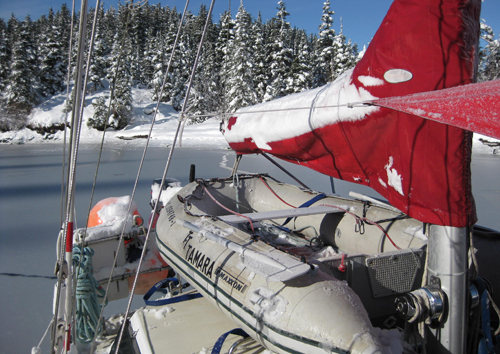
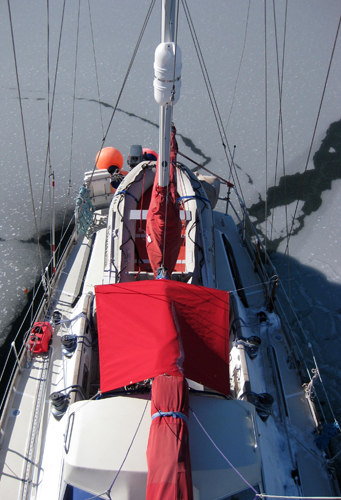
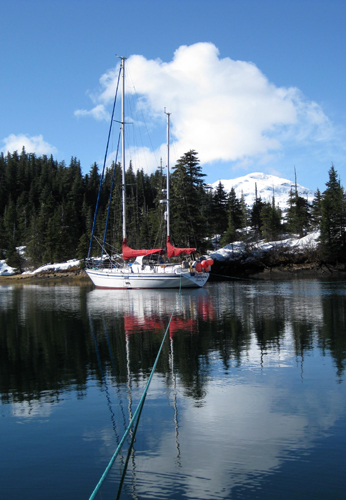
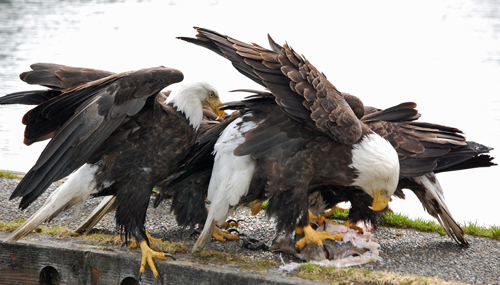
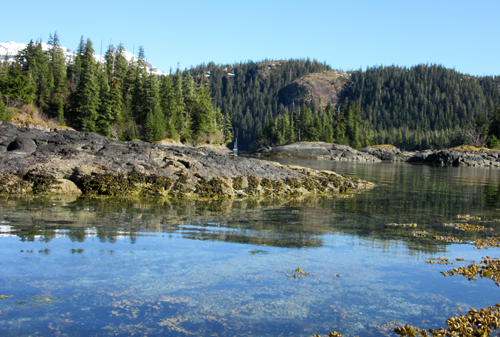
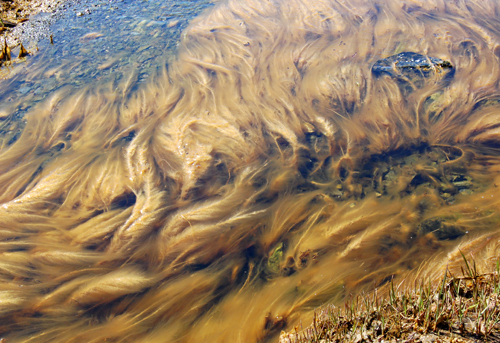
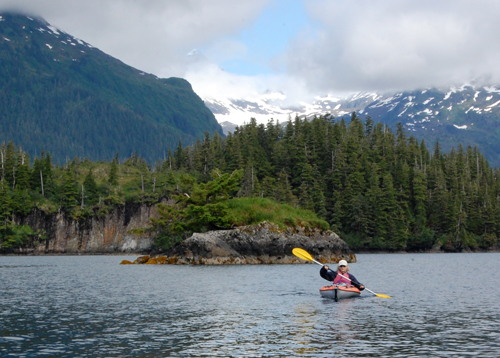
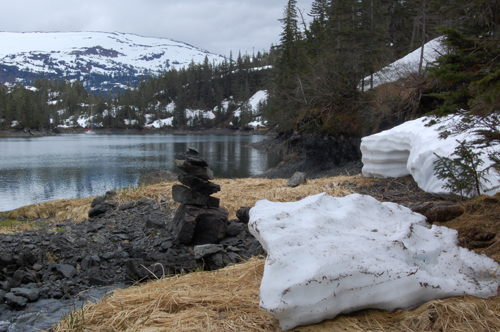
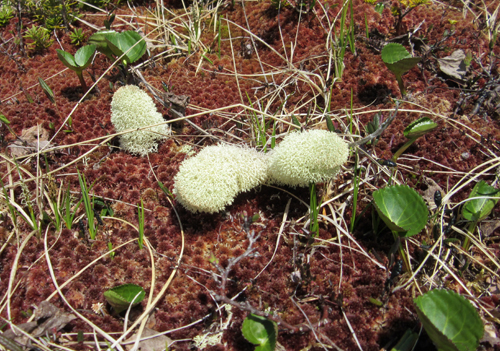
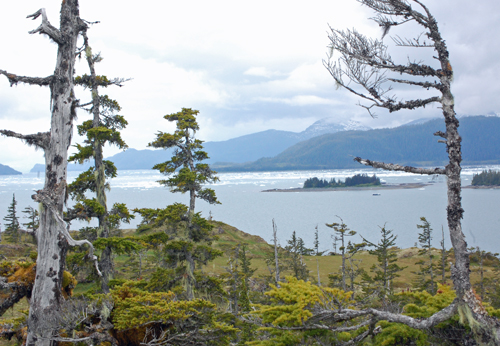
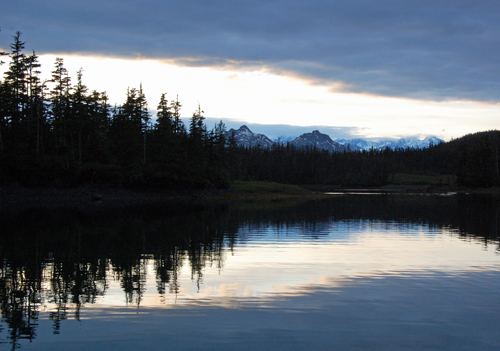

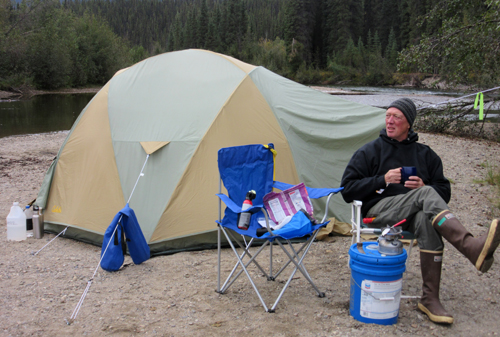
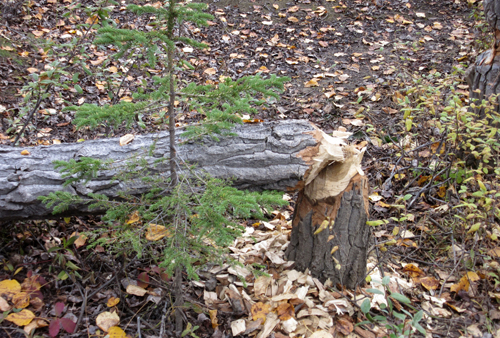
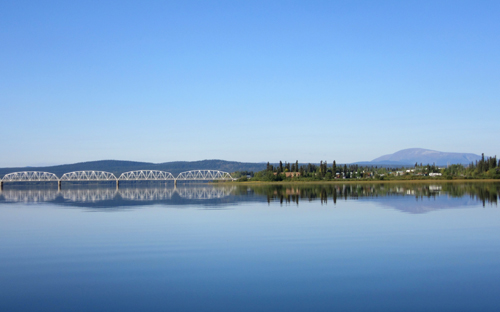
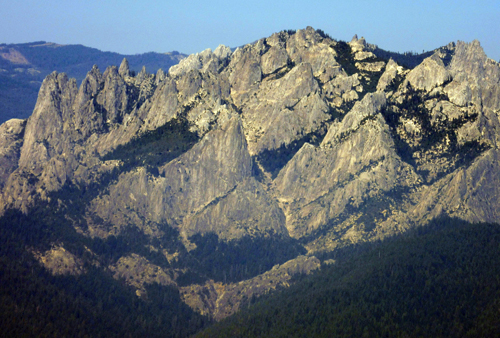
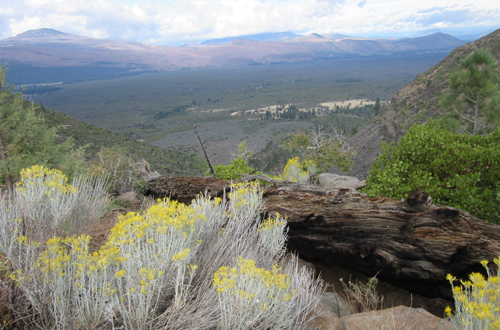

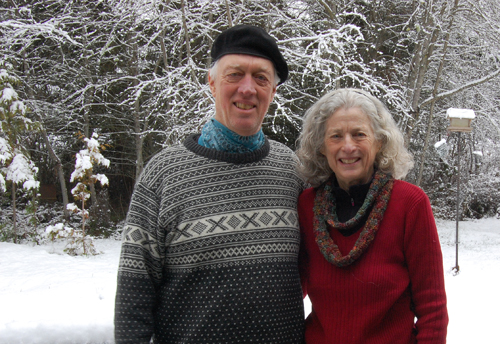
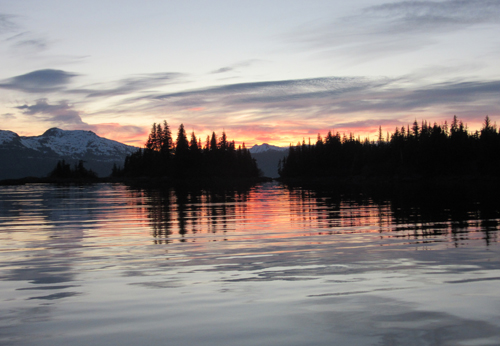

0 Comments:
Post a Comment
<< Home